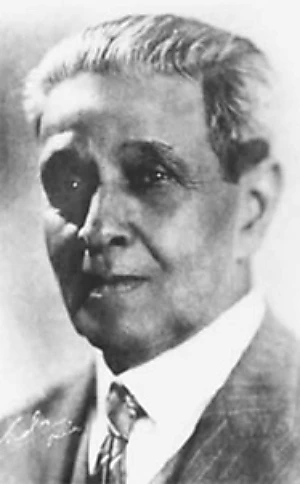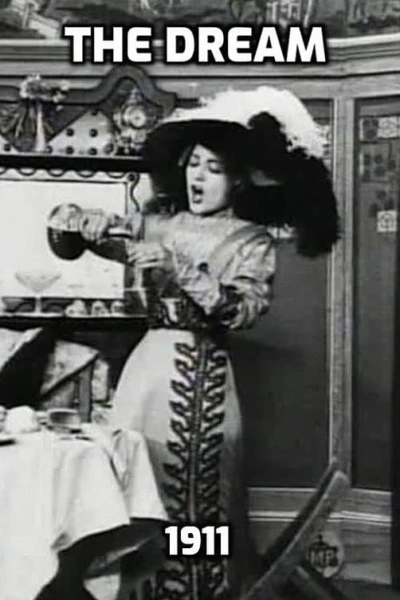Biography
(No Information)
Filmography
all 5
Movies 4
TV Shows 1
Information
Known ForSound
GenderMale
Birthday1863-03-20 (162 years old)
Birth PlaceRio de Janeiro, Brazil
CitizenshipsBrazil
This article uses material from Wikipedia.
Last updated:
 Ernesto Nazareth
Ernesto Nazareth- Filmography
- Information



